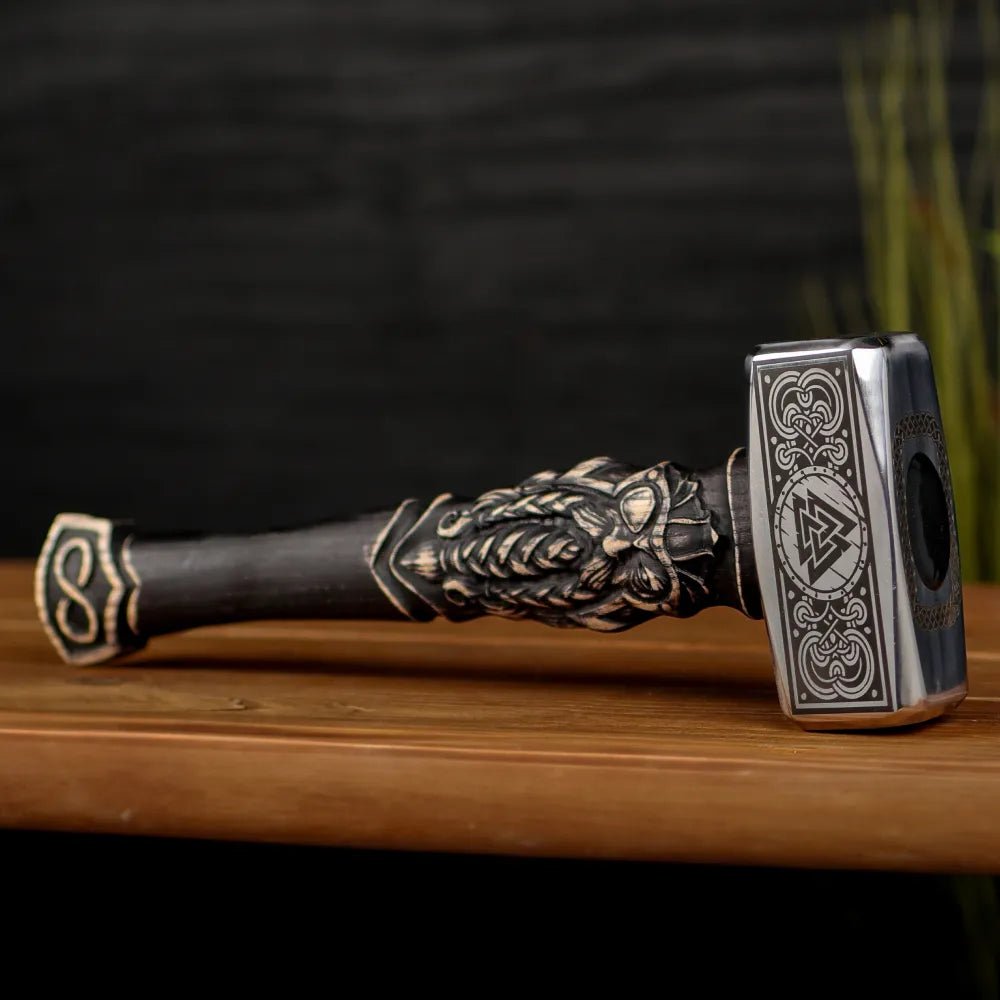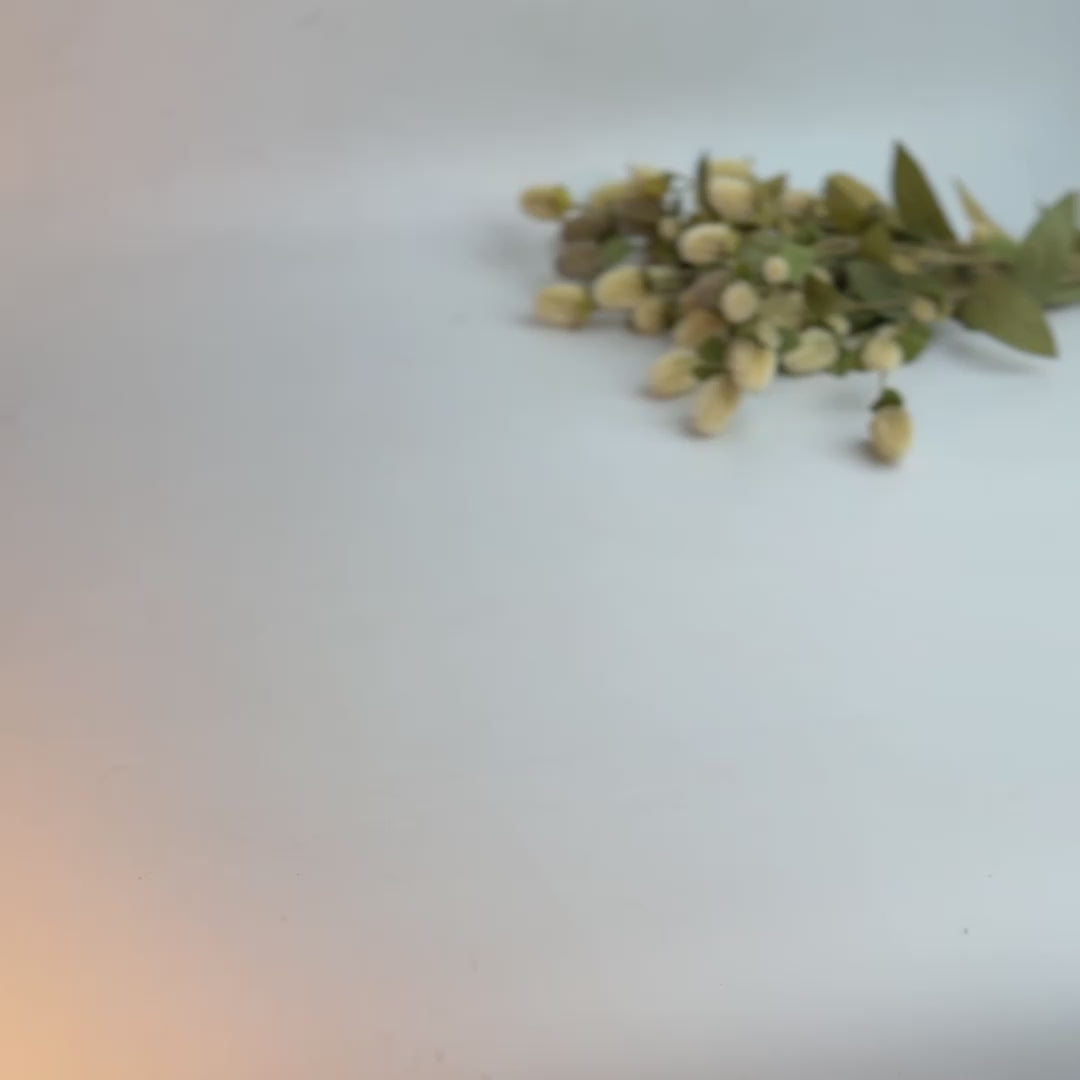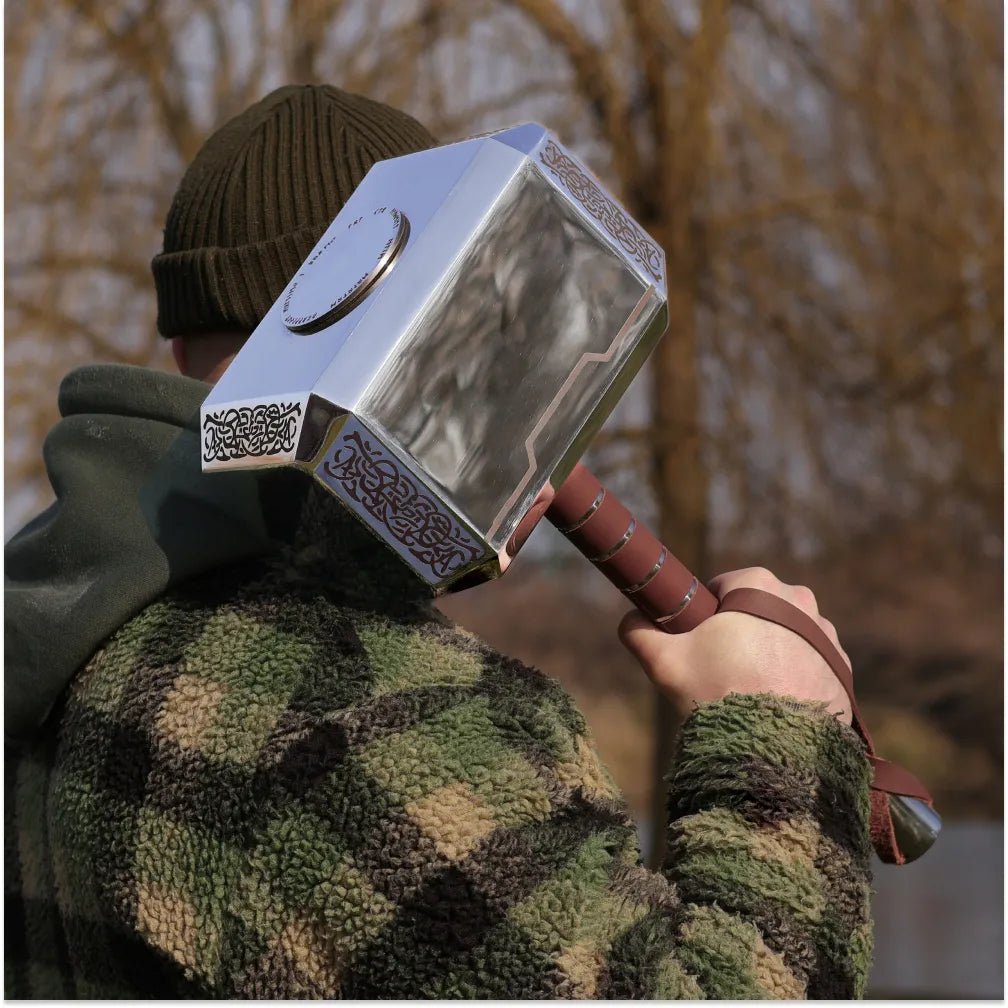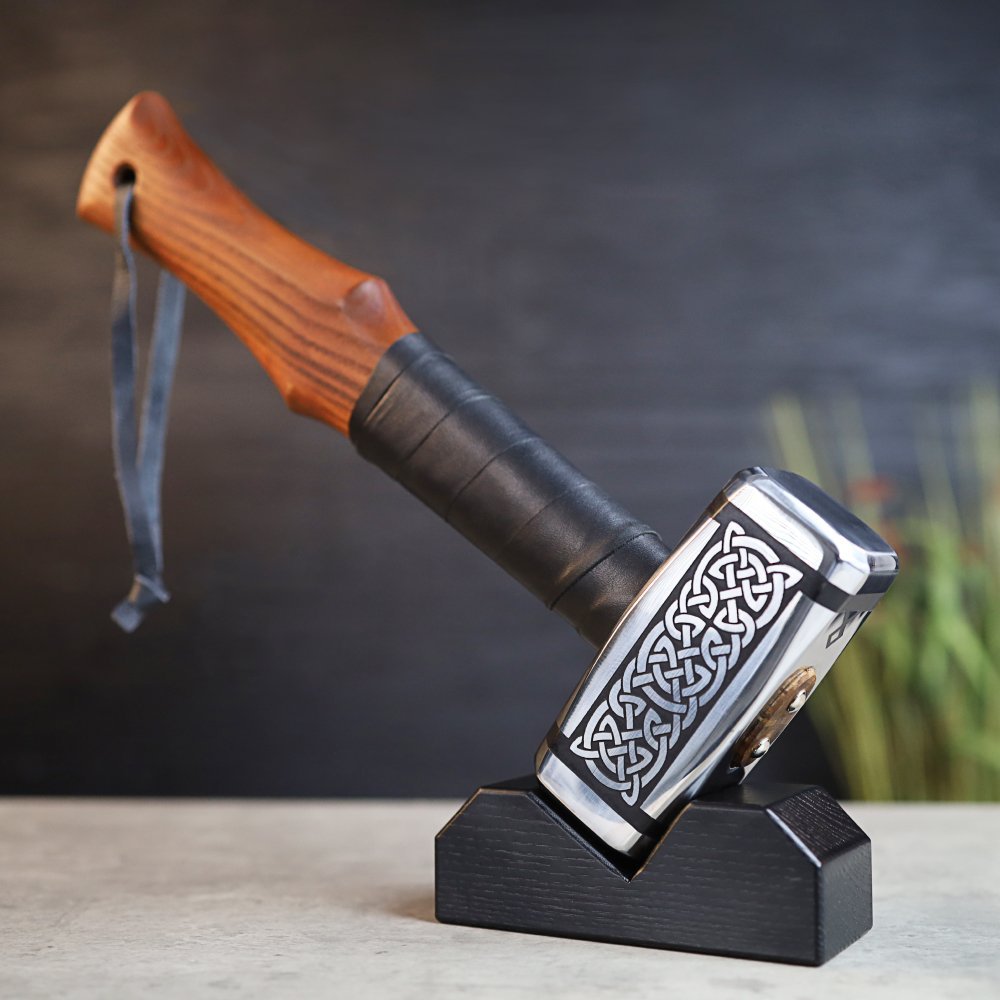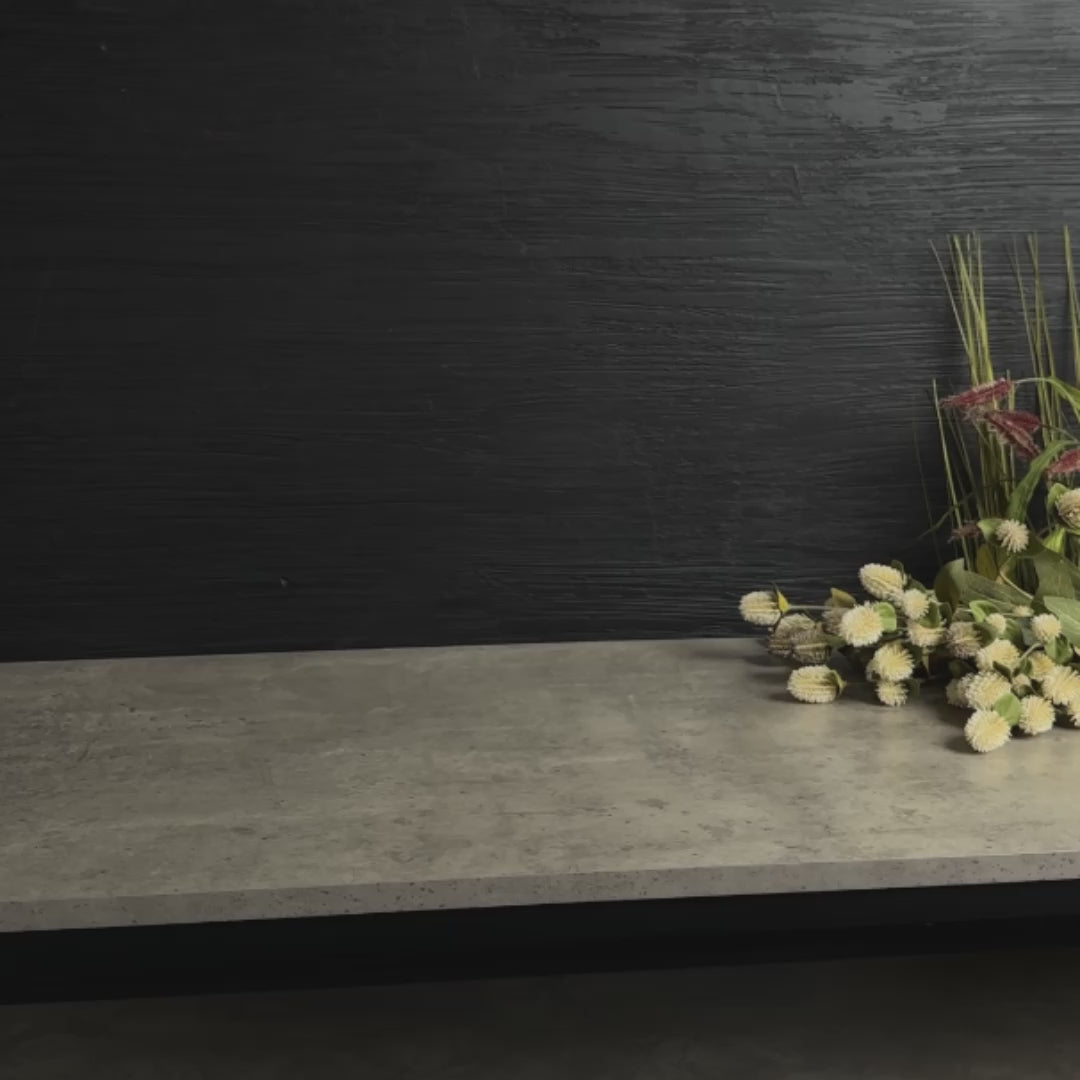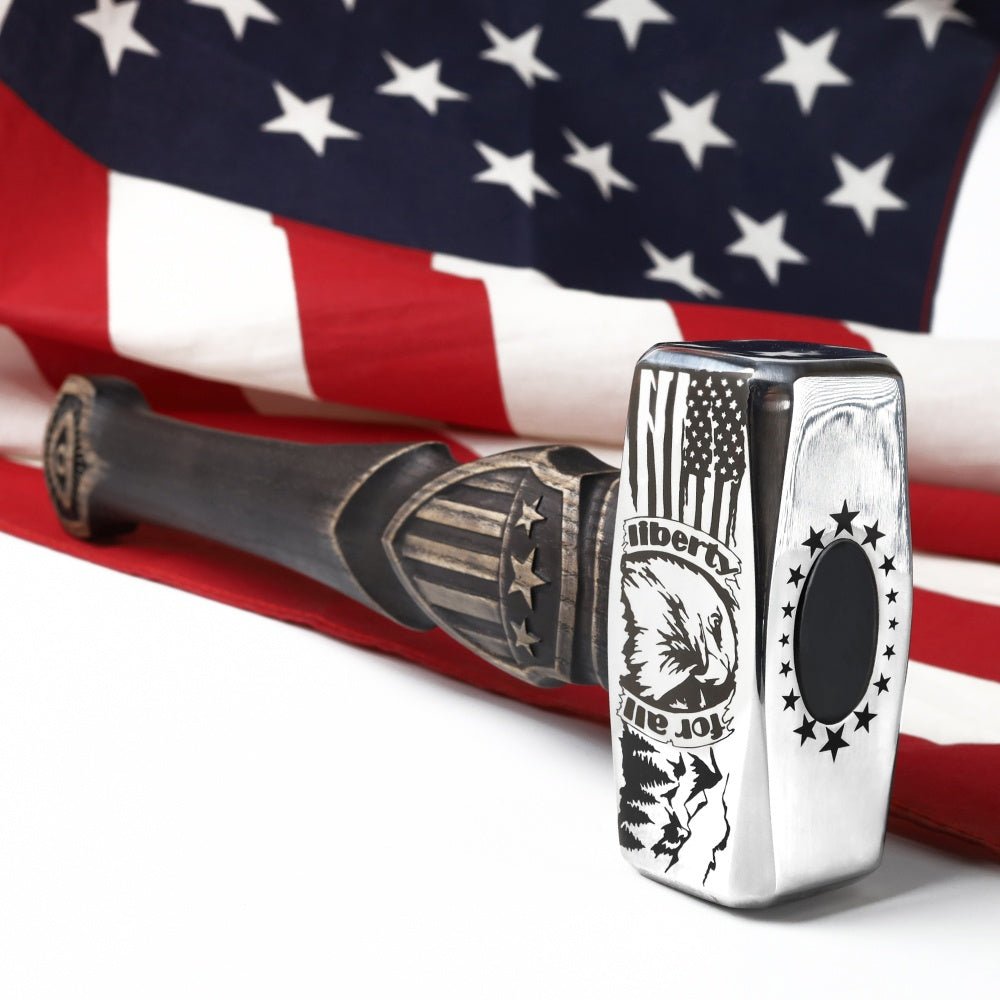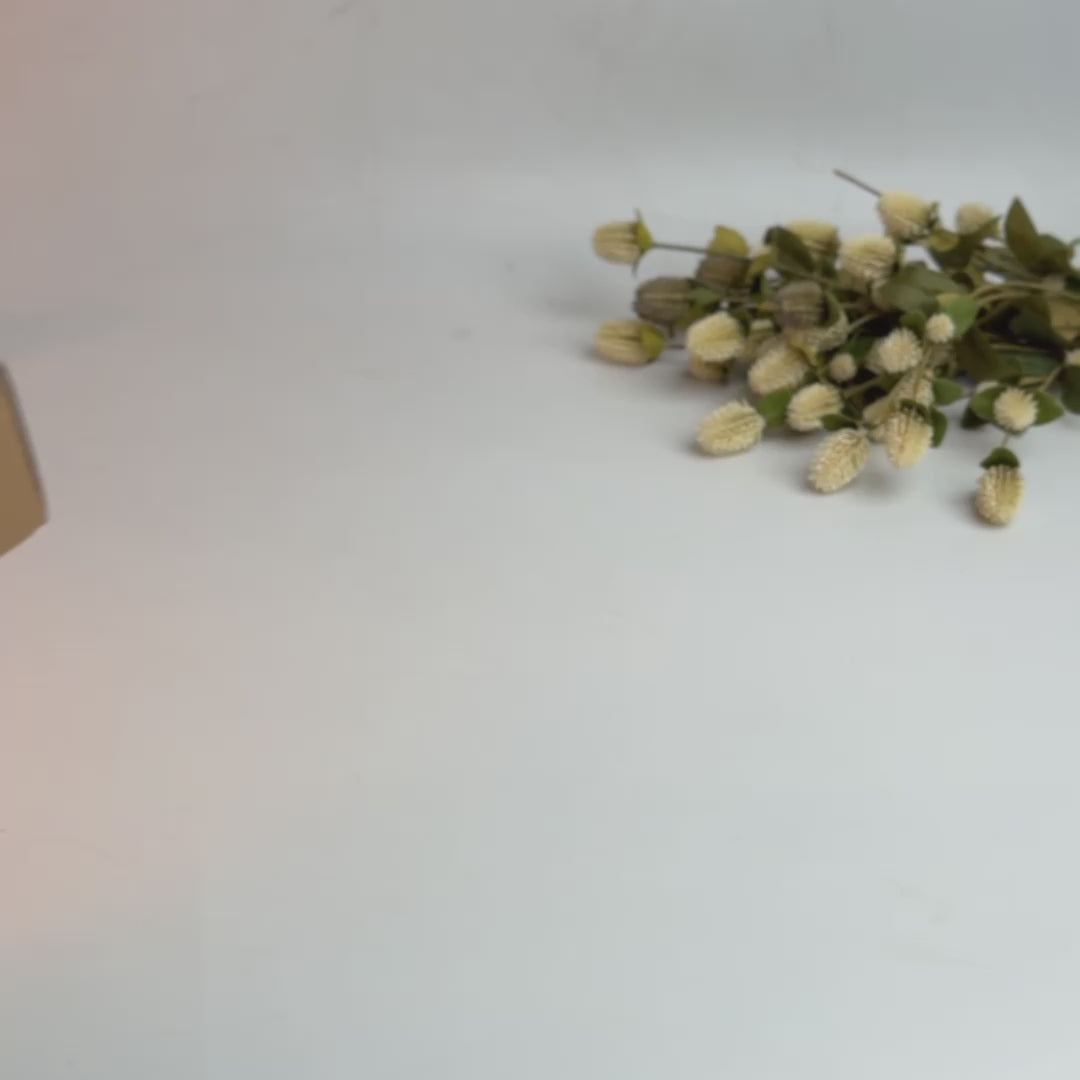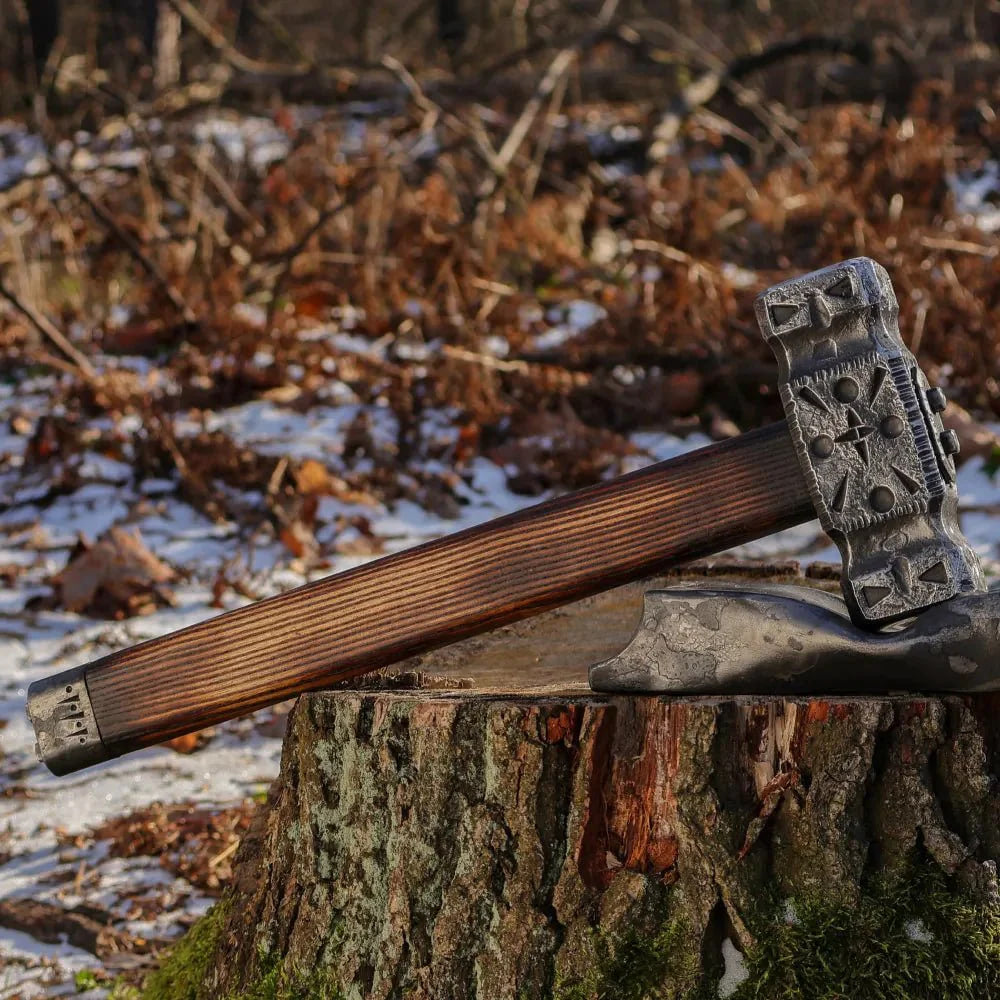
The Viking Hammer: Myth, History, and Modern Craftsmanship
When we think of Viking weaponry, the image of gleaming axes and swords often dominates our imagination. Yet, hammers also played an important role in Norse culture. The most famous of them all is Mjölnir, the legendary hammer of Thor, which embodied divine power, protection, and fertility. To the Vikings, Mjölnir was not just a mythical weapon – it was a symbol of faith and identity, worn as amulets and invoked in rituals to bless marriages, protect homes, and honor the gods.
But beyond mythology, hammers had a very practical place in Viking life. Blacksmiths relied on them every day to forge the tools, weapons, and armor that sustained their communities. Without hammers, the Vikings could not have built their longships, crafted their iron weapons, or shaped the tools that made daily survival possible. In many ways, the hammer was both the symbol of divine might and the backbone of Norse craftsmanship.
The Historical Role of Viking Hammers
The use of actual war hammers among Vikings remains debated by historians. Unlike the knightly war hammers of medieval Europe, Viking warriors primarily relied on axes and swords for battle, which were faster to wield and easier to carry. Still, the hammer’s influence can’t be ignored. It was the blacksmith’s hammer that made every blade, shield boss, and rivet possible, shaping the legendary arsenal of the Viking age.
Hammers were also present in construction. Woodworking hammers were crucial for building longships – vessels that allowed the Vikings to travel vast distances, raid new lands, and establish settlements. Without them, the Viking expansion across Europe would have been impossible.
Finally, some hammers held ceremonial and symbolic purposes. Archaeological finds suggest that miniature hammers, worn as pendants, were widespread across Scandinavia, acting as protective charms. These artifacts blur the line between the sacred and the practical, showing how deeply the hammer was embedded in Viking culture.
Functional Uses of Viking Hammers
Unlike Mjölnir’s mythical ability to summon thunder and lightning, real Viking hammers had everyday, tangible roles:
-
Blacksmithing Hammers – essential for shaping hot iron into weapons, armor, nails, and tools.
-
Woodworking Hammers – used for shipbuilding, carpentry, and fortifications that protected Viking settlements.
-
Ceremonial Hammers – symbolic items likely used in religious rites, representing strength, fertility, and divine blessing.
Even if they weren’t commonly used in combat, Viking hammers helped forge the very society that wielded axes and swords in battle.
Caring for a Viking Hammer
Whether for practical forging, display, or collection, proper care preserves both the function and beauty of a hammer:
-
Rust Prevention – always dry the steel head after use and apply a light coat of oil.
-
Handle Care – treat wooden handles with boiled linseed oil to maintain flexibility and prevent cracking.
-
Storage – keep in a dry environment, avoiding drastic changes in humidity or temperature.
-
Maintenance – if the hammer has functional edges, sharpen with fine-grit stones or sandpaper for precision.
With care, a hand-forged hammer can endure for generations, becoming both a useful tool and a family heirloom.
Handmade Viking Hammers from AncientSmithy
We continue the tradition of Norse-inspired craftsmanship. Each of our hammers is hand-forged from high-quality steel and paired with carefully selected handles – whether smooth wood, intricately carved, or wrapped for a firmer grip. Our designs balance functionality with historical aesthetics, making them suitable for:
-
Collectors who want an authentic piece of Viking heritage.
-
Craftsmen who appreciate tools built for durability and balance.
-
Enthusiasts looking for ceremonial or display pieces that carry mythic symbolism.
Every hammer we create is more than just steel and wood – it’s a testament to history, mythology, and the enduring legacy of Viking blacksmiths. Explore our collection and own your piece of history





